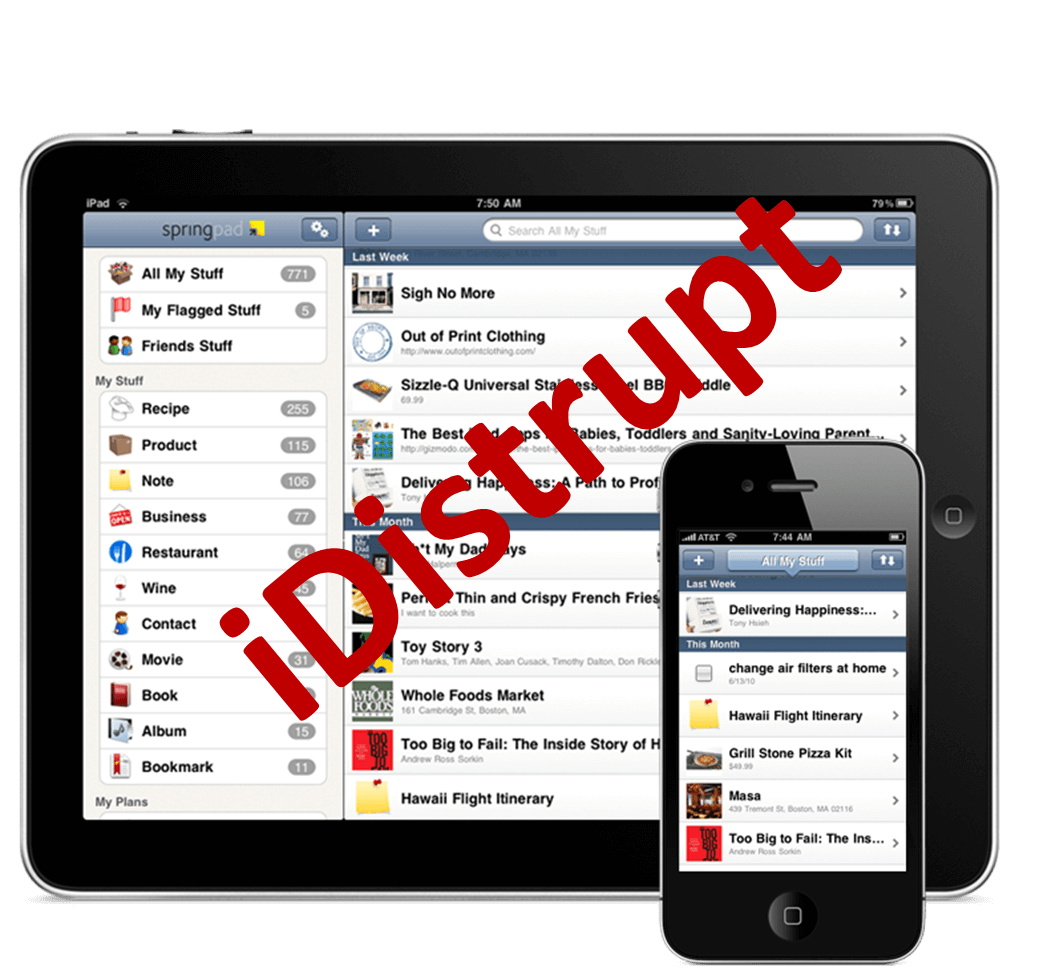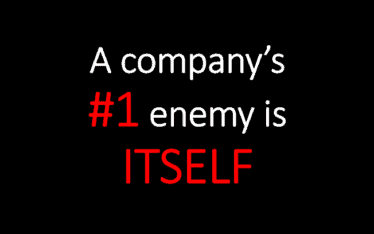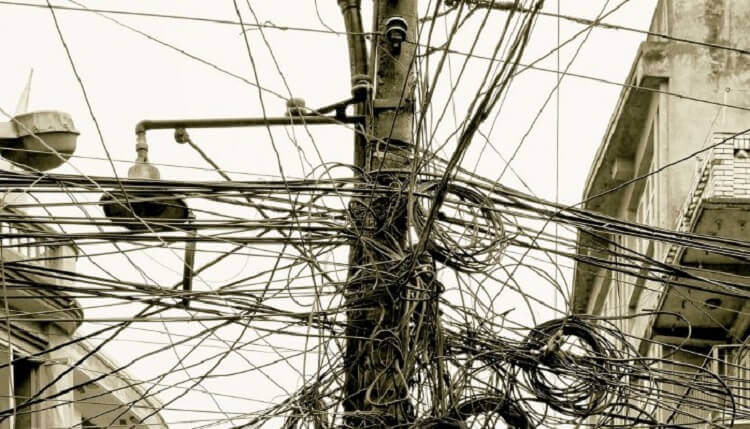Massive disruption is coming
Massive disruption is coming, and the only question is whether your company is going to cause it or fall victim to it. Disruption is not easy – either to create or to confront.
There is a negative side to disruptive change, and it’s necessary to think and act in ways that reduce risk. But, equally, turbulent times bring huge opportunities as well:
- Who else could use our products?
- What else can our products be used for?
- What do our best customers desperately want?
- What else can we deliver/produce with very little change to our core processes?
There are other ways to get to disruptive innovation, but these questions are a simple and great starting point.
Disruptive change #1 – Dramatically reduce complexity
The more complex the practices and processes in your industry, the greater the opportunity to gain competitive advantage by simplifying them. Sure, doing so will be very hard. But the first firm to do so gains tremendous advantages.
Disruptive change #2 – Cut prices by 80 percent or more
Incremental change doesn’t disrupt an industry – radical change does. Radical price reductions require radical new processes and business models. Smartphones and tablets create numerous opportunities to identify these. What if you replace a $500 marine navigation unit with a $20 iPad app that works better?
You don’t cut prices by 80 percent through marginal improvements in existing products. You do it by asking, “What problem are we trying to solve for the customer, and how do these disruptive forces create opportunities for us to solve it in a far more efficient manner?”
Disruptive change #3 – Eliminate your industry’s persistent customer pain points
What are the practices in your company that drive customers crazy. How do all companies in your industry behave stupidly? Identify these practices and wipe them out.
Technology providers drive customers crazy with technical support that often requires long waits on hold and hopelessly complex interactions – “Just find the serial number on the back of your device and type that into the space provided along with your IP address and the exact wording of the error message you encountered”.
Unsurprisingly, this is the exact type of practice that causes customers to believe a company is behaving stupidly.
Disruptive change #4 – Make stupid objects smart
Take every product you sell, and make it smart … or accept the fact that you must forever more compete on price and accept low margins.
Disruptive change #5 – Challenge clichés that are influencing the business situation
Identify the assumptions that seem to influence the way insiders and often outsiders think about your situation. In other words, what are the clichés – the widespread, hackneyed beliefs that govern the way people think about and do business in a particular space.
“I wonder what would happen if we ……….”. In fashion, “What would happen if we sold socks in sets of three, where none of them match?” Little Miss Matched

In the rental car business, the prevailing interaction clichés include the following: Face-to-face interaction with a service agent, completing a lot of paperwork, and renting vehicles by the day.
What would happen if you no longer needed to see the customer, you got rid of the paperwork, and you started renting cars by the hour? Well, you’d end up with something very much like Zipcar, where there’s no waiting in line, no papers to fill out, and no pressure to upgrade or add 27 different kinds of insurance. In fact, there’s no face-to-face interaction at all. Customers apply to become members (or “zipsters”) and they reserve vehicles online.
So, what was the problem that the solution addressed? Well, there wasn’t any problem, and that’s exactly the point. Most people in business are trained to focus only on problems: things that don’t work and need fixing. It’s more effective to start by identifying something in your business or industry that’s not necessarily a problem, and then go about methodically breaking it down.
As these stories illustrate, inverting or denying industry clichés can often lead to significant business breakthroughs.
Business disruption
A decade ago business disruption was the rare exception – now it is a reality that companies face on a regular basis:
Short URL & title:
Top 5+ disruptive change questions — http://www.torbenrick.eu/t/r/gmm
Share it:
If you enjoyed this article, please take 5 seconds to share it on your social network. Thanks!







I really like these questions; a great starting point. I would add to #4 however that if you can’t make a stupid object smart, why keep it? It may make more sense to eliminate it altogether and concentrate efforts on those products/services that really work for your business.